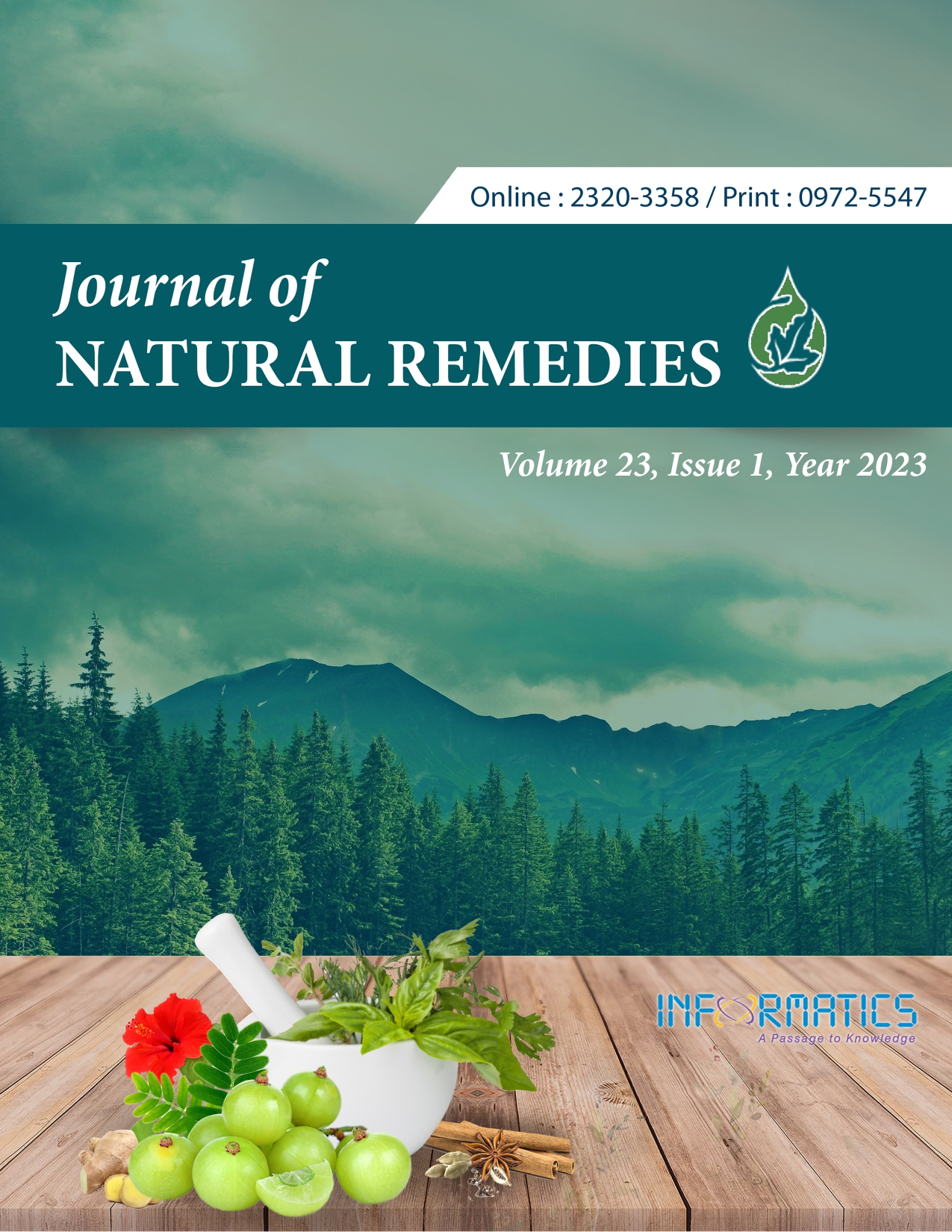Ayurvedic Management of Polypoidal Choroidal Vasculopathy (PCV) -A Case Report
DOI:
https://doi.org/10.18311/jnr/2023/30620Keywords:
Anjana Karma, Neovascular Age-related Macular Degeneration, Posterior Vitreous Detachment, Raktajatimira, Seka .Abstract
Polypoidal Choroidal Vasculopathy (PCV), a subtype of neovascular Age-related Macular Degenerationn (AMD) is a disease characterized by persistent, recurrent serous leakage and hemorrhage in the macular area, mostly seen in the elderly population. While contemporary science offers anti Vasculo Endothelial Growth Factor (VEG-F) monotherapy and combination with Photodynamic Therapy (PDT), the outcomes of these remain doubtful. Repeated anti-VEG-F injections not only cause a financial and mental burden on the patients with no or very little visual outcome. Chronicity paves the way to complete loss of vision due to exudative retinal detachment. Symptoms like Raktavatdristi (to visualize things as if through a column of blood), Pashyatiaasyamanaasikam (unable to recognize the faces of people around) and aaviladarshanam (blurred vision) were suggestive of Raktaja Timira (an eye disease caused by Raktadosa) associated with Kaphadushti), according to Ayurveda.
A 77-year-old male patient diagnosed with PCV sought Ayurvedic treatment after being advised to undergo anti-VEG-F therapy for the 3rd time in a row. His treatment comprised internal medicines consisting of Mahatiktakakashaya, Guduchyadikashaya, Chandraprabhavati and Avipathichurna; external treatments like Pratimarshanasya with Anu tailam and Gandusha with Triphalakashaya; Kriyakalpa (eye treatments) like Seka, Vidalaka, Aschotana and Anjana karma.
At the end of 3 months of Ayurvedic treatment, his visual acuity in the right eye improved to 6/6, Optical Coherence Tomography (OCT) affirmed complete normalcy of the macula and Fundus examination confirmed the absence of neovascularization. Ayurvedic treatment is effective in reversing the process of neovascularization, thereby bringing about the marked visual outcome in PCV. Such patients should be encouraged to adopt Ayurvedic treatment instead of expensive and invasive treatment procedures like intra-vitreal injections even when the absolute effects of these remain doubtful.
Downloads
Metrics
Downloads
Published
How to Cite
Issue
Section
License
Copyright (c) 2023 K. Shanti

This work is licensed under a Creative Commons Attribution 4.0 International License.
Accepted 2022-09-30
Published 2023-03-23
References
Cheung CMG, Lai TYY, Ruamviboonsuk P, Chen SJ, Chen Y, Freund KB, et al. Polypoidal Choroidal Vasculopathy: Definition, Pathogenesis, Diagnosis, and Management. Ophthalmology. 2018. DOI: https://doi.org/10.1016/j.ophtha.2017.11.019
Teo KYC, Gillies M, Fraser-Bell S. The use of vascular endothelial growth factor inhibitors and complementary treatment options in polypoidal choroidal vasculopathy: A subtype of neovascular age-related macular degeneration. International Journal of Molecular Sciences. 2018. DOI: https://doi.org/10.3390/ijms19092611
Falavarjani KG, Nguyen QD. Adverse events and complications associated with intravitreal injection of anti-VEGF agents: A review of literature. Eye (Basingstoke). 2013.
Paradakara HS, Editor. Astanga Hridaya of Vagbhatta, Uttarasthana. 9th ed.Ch. 12, Ver. 10. Varanasi: Chaukhambha Orientalia Publication; 2010. p. 817, 711, 157 DOI: https://doi.org/10.1038/nrc2976
Ayurvedic Pharmacopoeia of India, Part 1,2nd ed:The controller of publications civil lines Delhi; 2003.p 173, 189, 187, 512
Shivprasad Sharma, Editor. Astanga Samgraha of Vagbhatta, Utharasthana.9th ed. Ch.29,Ver.8. Varanasi: Choukhambha Orientalia Publication; 2010. p.223.
Krishnan Vaidyan A.K.V, Editor. Sahasrayogam, 2nd ch, Ver.2. 23rd ed. Vidyarambham publishers; 2000. p.390.

 K. Shanti
K. Shanti









 0.35
0.35 24
24 0.161
0.161